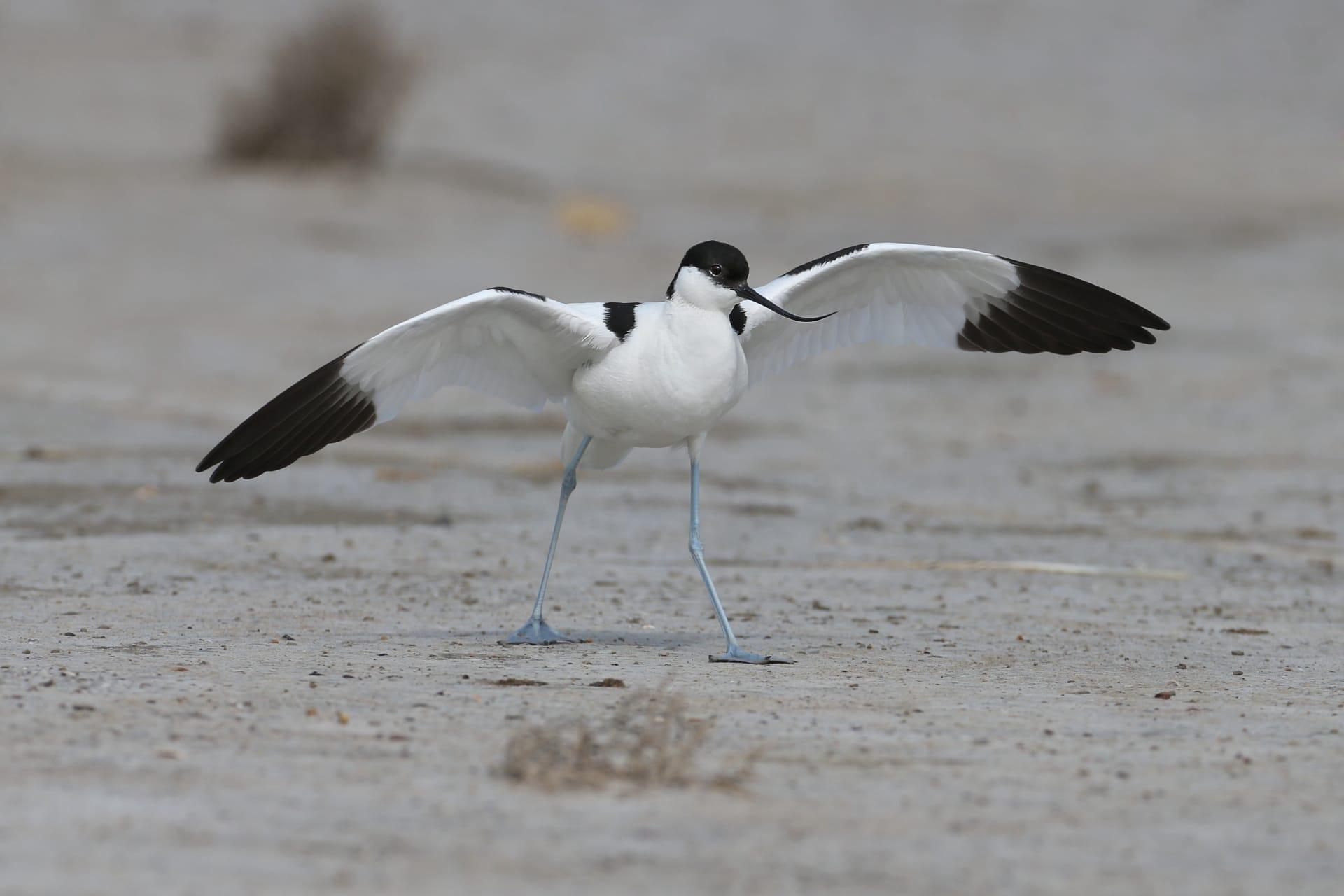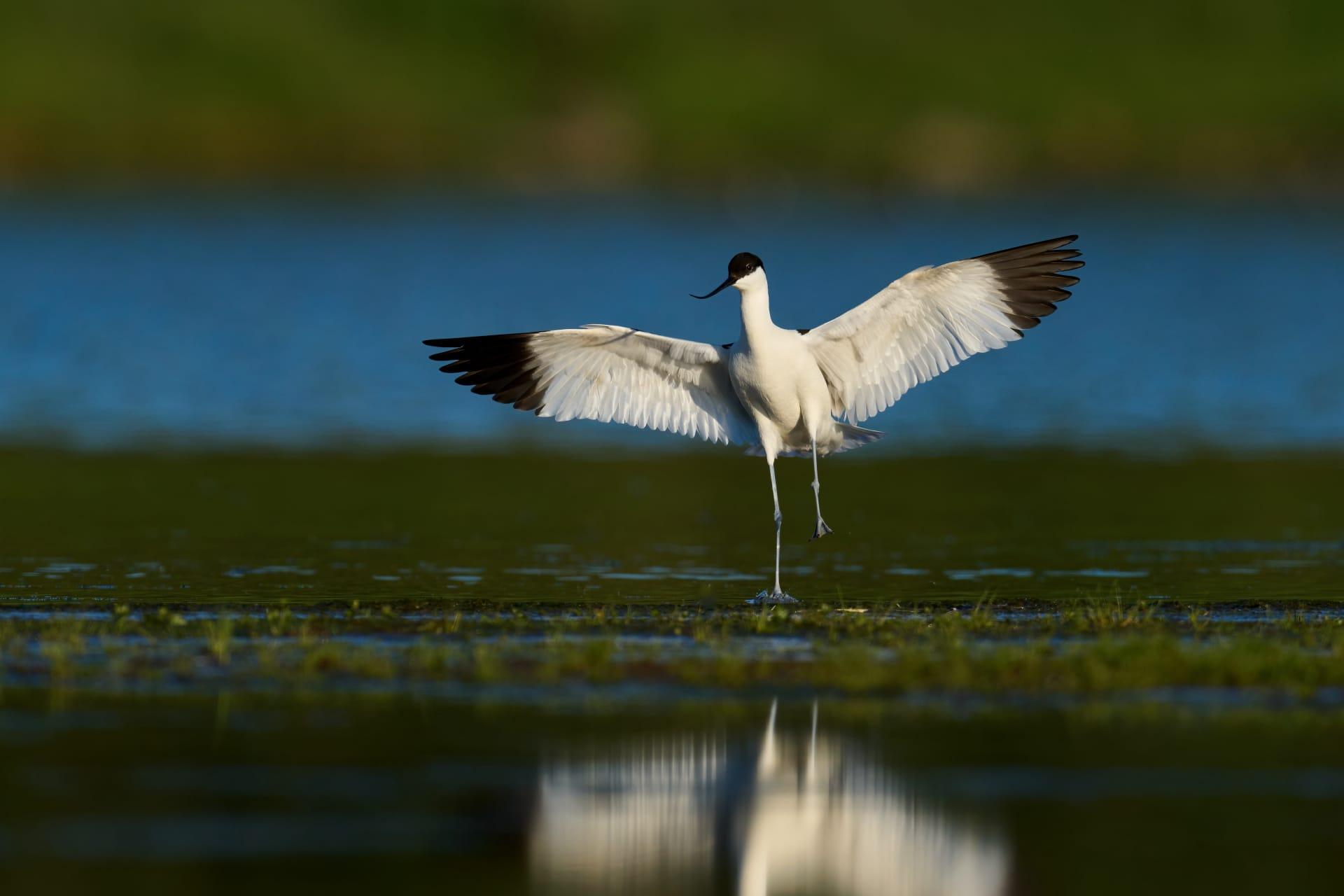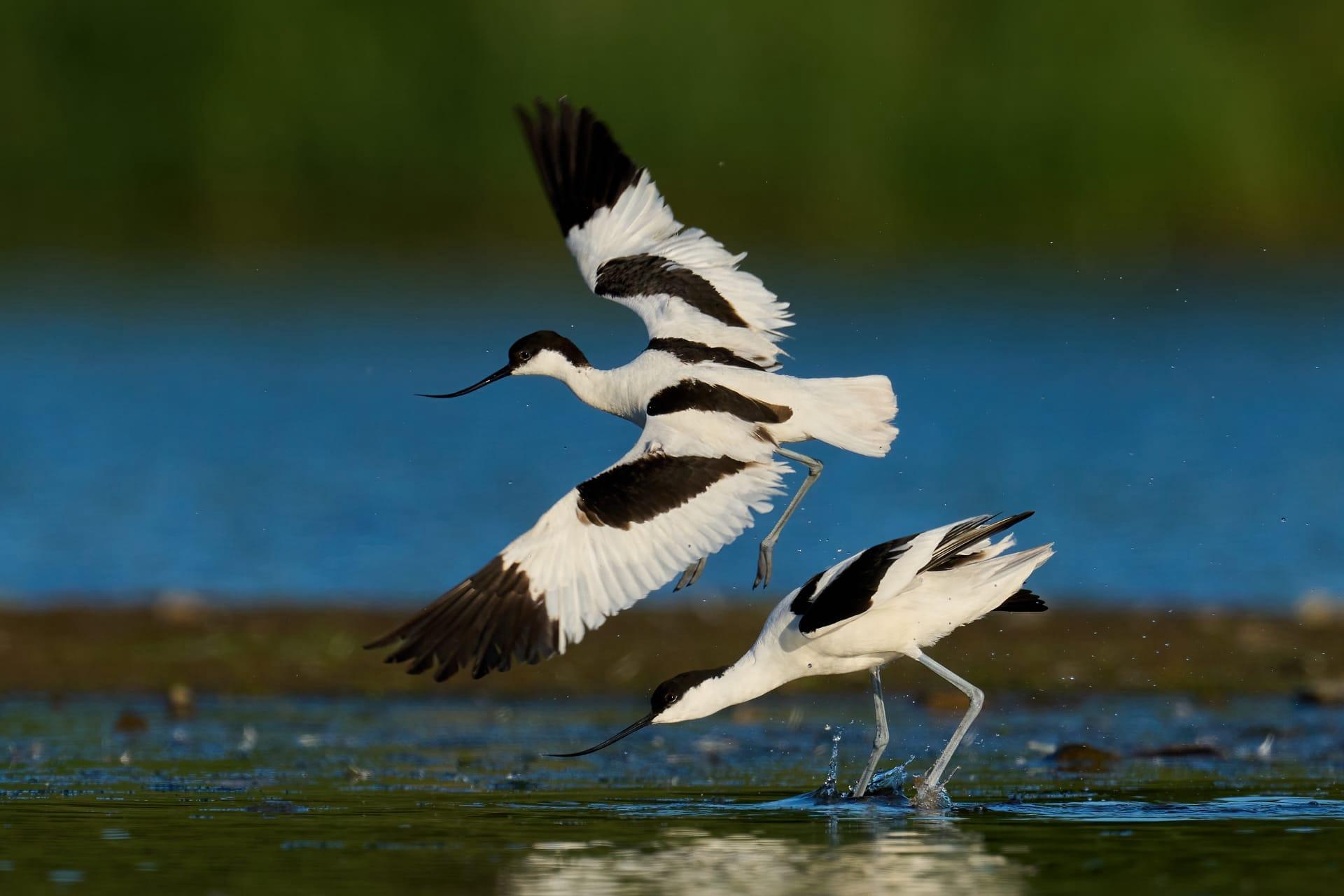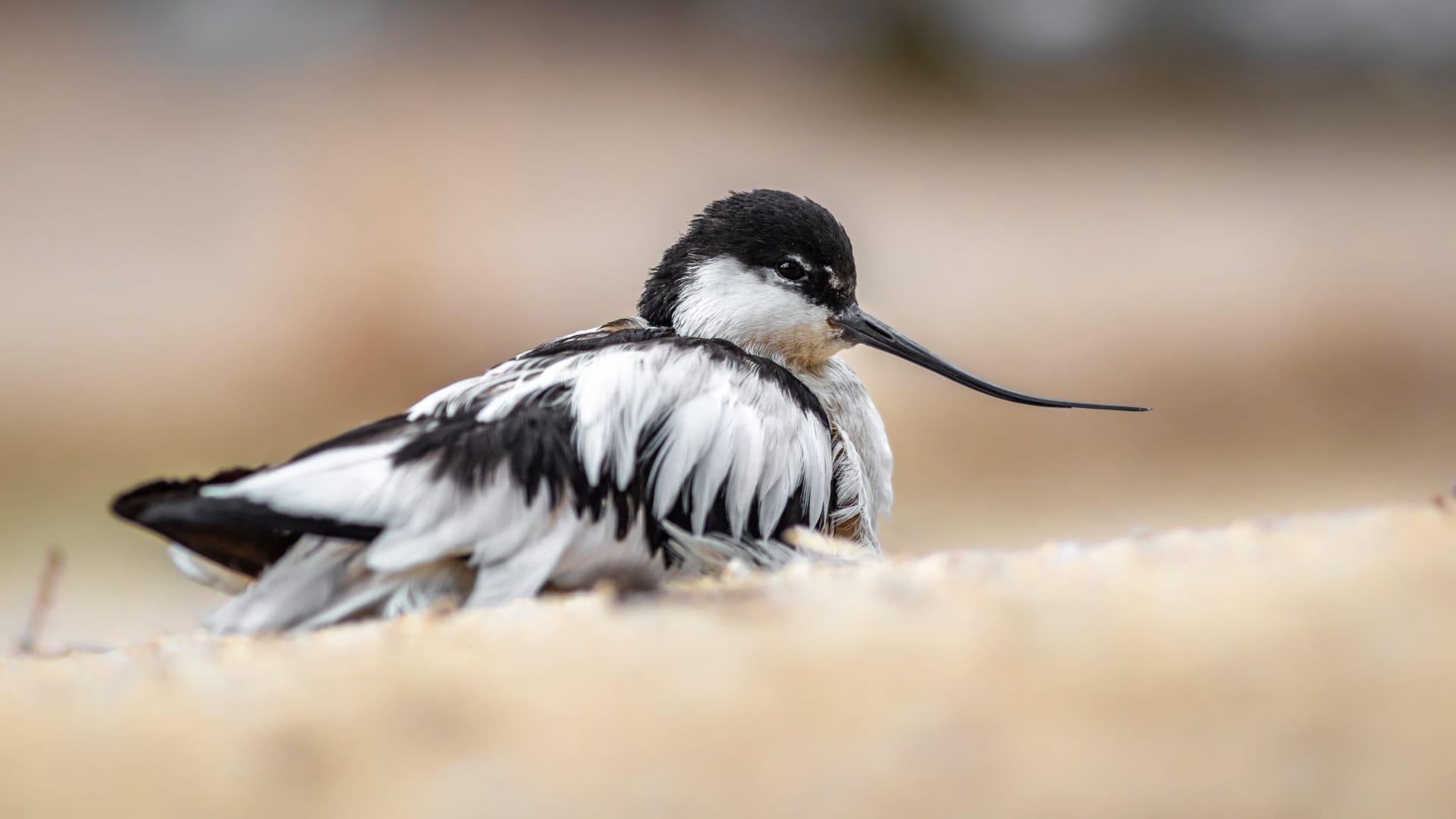Avocet Trivia
- Home /
- Trivia Question /
- Animal /
- Avocet Trivia
1
Question: What unique physical feature distinguishes the avocet from other shorebirds?
Answer: The avocet is known for its distinctive upturned bill, a slender and curved adaptation. This specialized bill, typically measuring about 3 to 4 inches (7.5 to 10 cm) in length, allows them to scythe through water in a side-to-side motion to catch small crustaceans, insects, and seeds. The curvature of the bill is more pronounced in males than in females.
Question: How does the avocet's plumage change with the seasons?
Answer: Avocets exhibit remarkable seasonal changes in plumage. During the breeding season, they boast a striking black and white pattern with a rusty or chestnut head and neck. In the winter, this vibrant coloring fades to a more subdued grey and white, helping them blend into their surroundings. This seasonal transformation is a fascinating example of their adaptation to different environments for mating and survival.

2
Question: Is it true that avocets are aggressive birds?
Answer: Contrary to some misconceptions, avocets are not generally aggressive birds. However, during breeding season, they become fiercely protective of their nests and young. They've been observed performing distraction displays and even dive-bombing intruders to defend their territory. Outside of breeding season, they're more docile and can often be seen feeding in large, peaceful groups.
Question: Do avocets migrate in large flocks?
Answer: Yes, avocets are known for their impressive migratory behavior. They typically migrate in large flocks, sometimes numbering in the hundreds. These migrations are driven by seasonal changes and food availability. During these journeys, they can travel significant distances, showcasing remarkable endurance and navigational skills.

3
Question: What unique nesting habits do avocets have?
Answer: Avocets have a unique approach to nesting. They prefer to nest in colonies for safety, often on open ground or islands in shallow water bodies. Their nests are simple scrapes in the ground, lined with grass and feathers. Remarkably, both parents share responsibilities in incubating the eggs, which usually number between 3 to 4, and take about 23 to 25 days to hatch.
Question: How do avocets communicate with each other?
Answer: Avocets use a range of vocalizations to communicate. These sounds include calls for mating, signaling alarm, and coordinating within the flock. Their most common call is a loud, clear 'kleek', often heard during flight or when signaling distress. These vocal signals play a crucial role in their social interactions and survival strategies.

4
Question: What role do avocets play in their ecosystem?
Answer: Avocets are integral to their ecosystems as both predators and prey. They help control insect and crustacean populations, thus maintaining a balance in their habitats. As prey, they support higher trophic levels, like birds of prey and larger mammals. Their presence indicates a healthy, biodiverse wetland ecosystem.
Question: Can avocets swim?
Answer: Yes, avocets are capable swimmers. While they are primarily wading birds, they can swim well when necessary, using their webbed feet to navigate water. This ability is especially useful in avoiding predators or searching for food in deeper waters.

5
Question: What is the lifespan of an avocet in the wild?
Answer: Avocets typically have a lifespan of about 5 to 10 years in the wild. However, this can vary based on factors like habitat conditions, availability of food, and predation pressures. In protected environments, such as nature reserves, they may live longer due to reduced threats and consistent food sources.
Question: How do avocets adapt to different habitats?
Answer: Avocets are highly adaptable birds, thriving in a variety of wetland habitats such as estuaries, salt ponds, and shallow lakes. They adjust their feeding techniques based on water depth and prey availability. In deeper waters, they swim and upend like ducks, while in shallower areas, they use their upturned bills to skim for food. This adaptability is key to their survival in diverse environments.